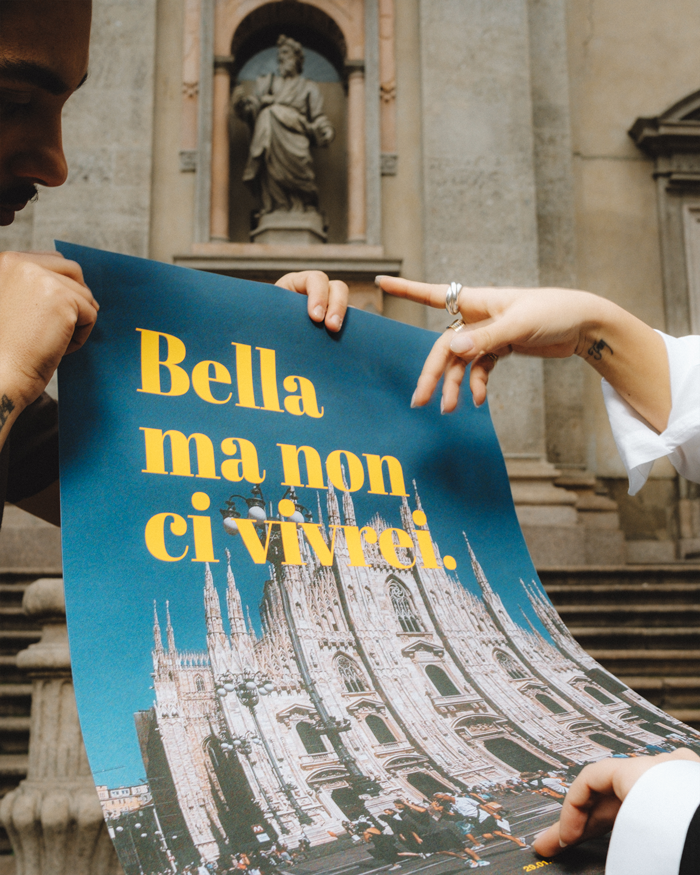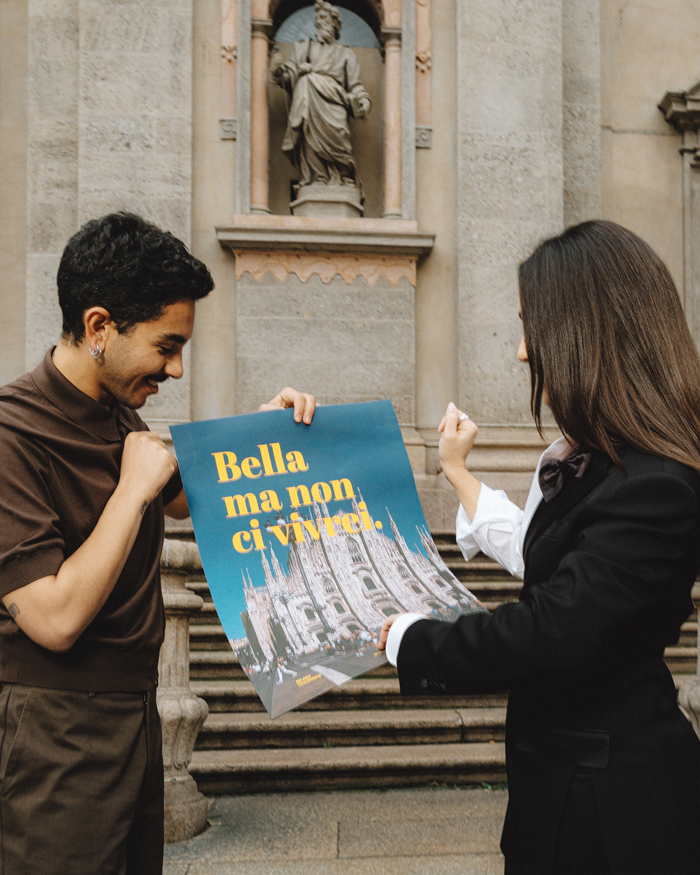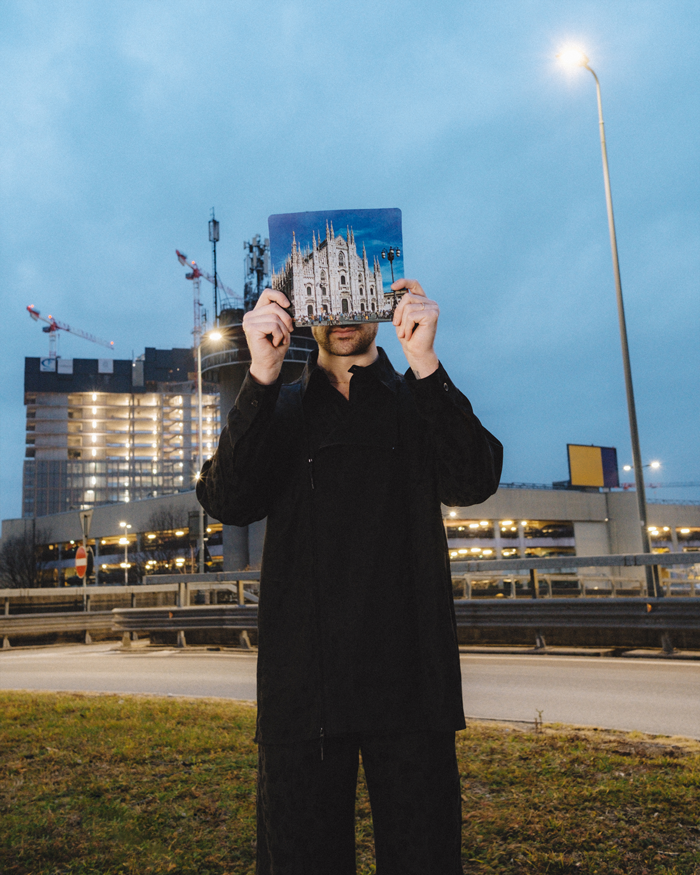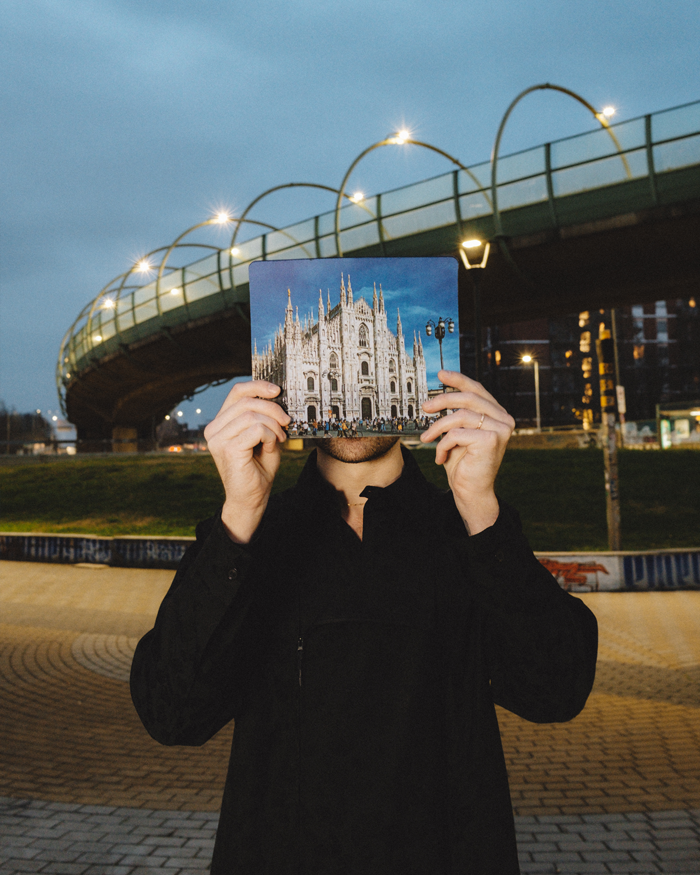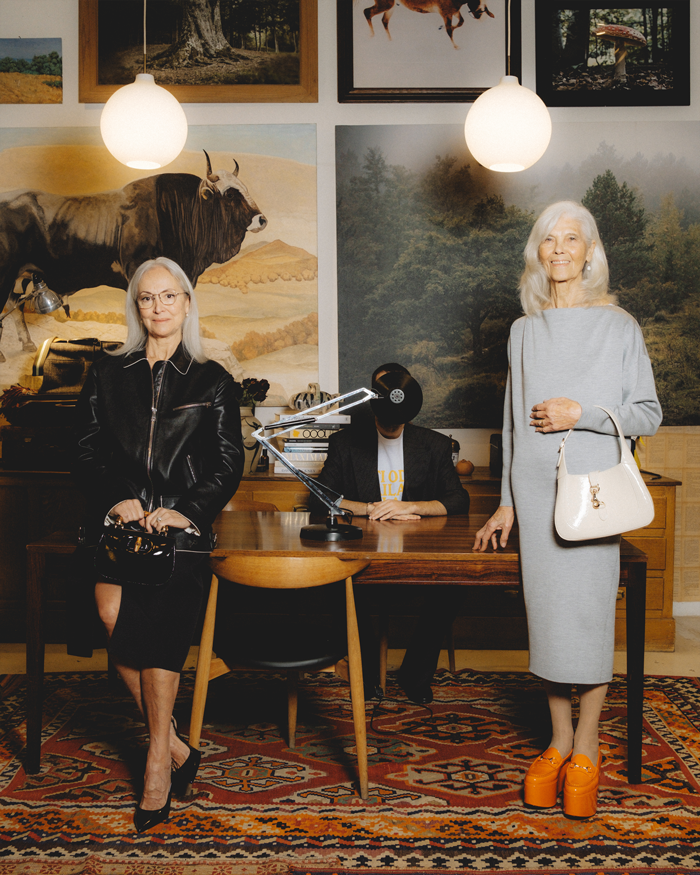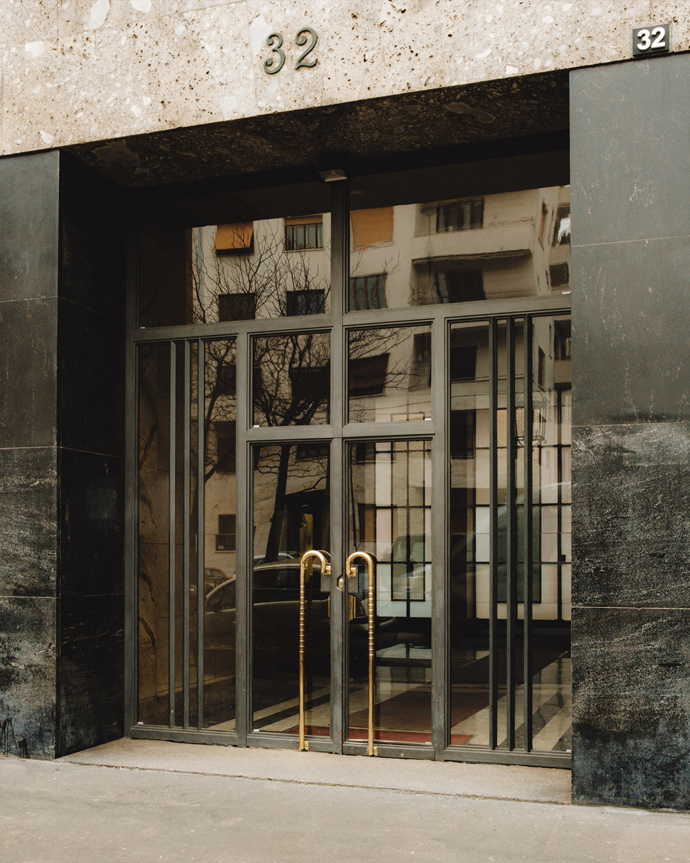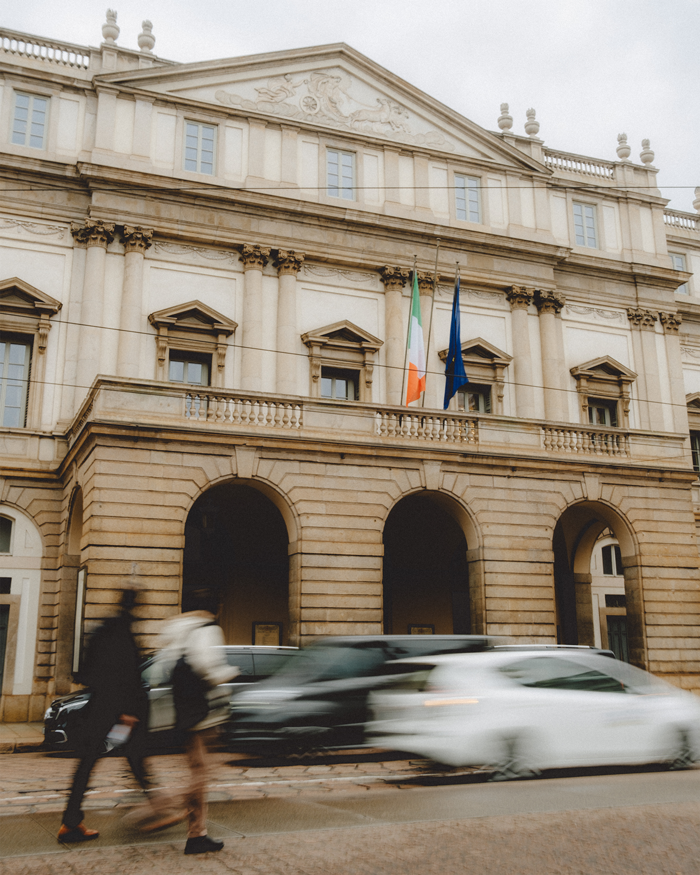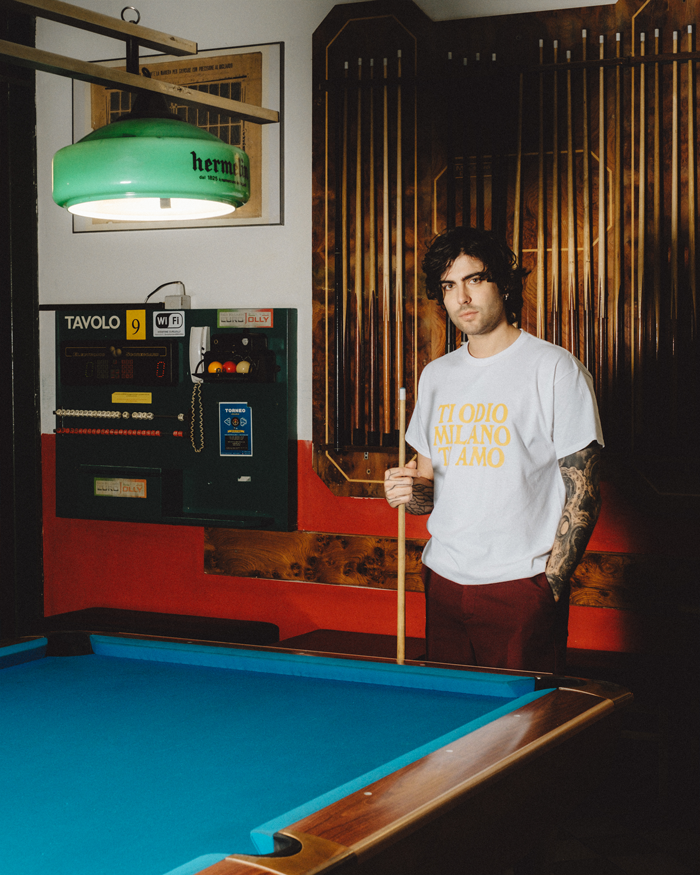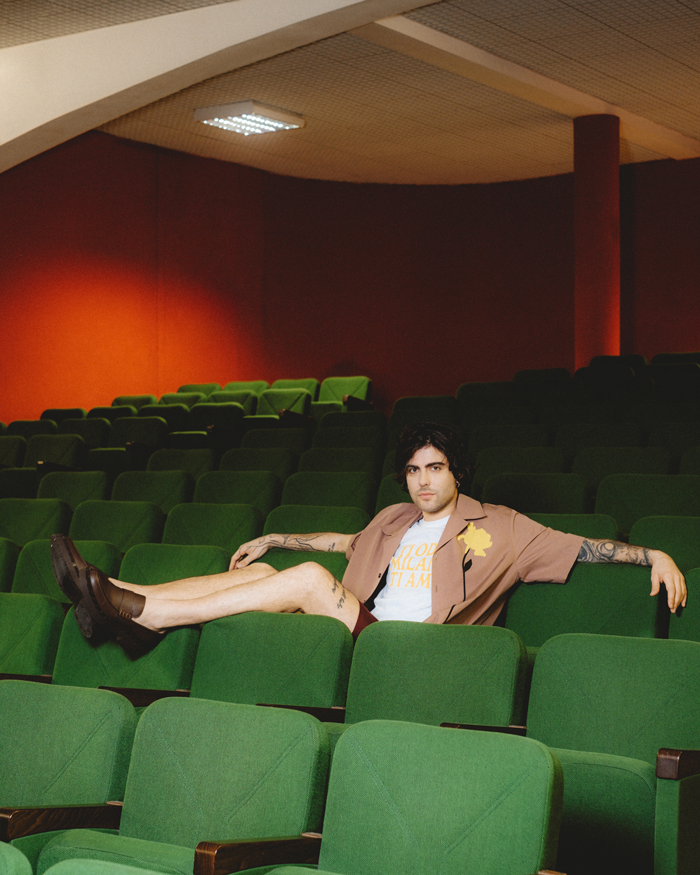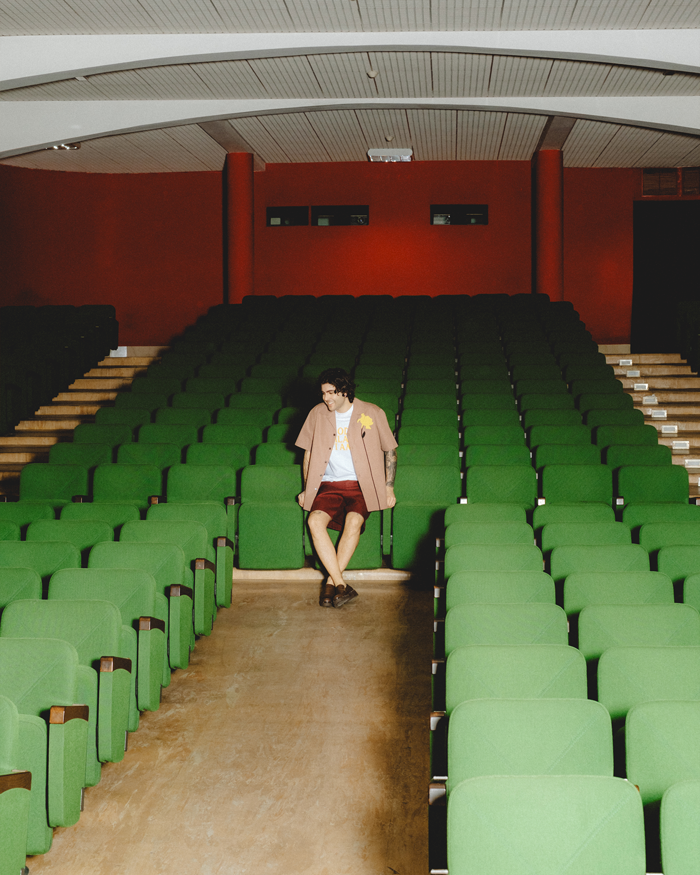
































































We’ve been saying it for years: Milan is no longer the promised land it used to be. From the elderly men clutching their bags tightly to their chests on the tram seats for fear of theft, to the bored Bocconi students queuing up at the Rocket Club, there isn't a social or age group that hasn't been affected by this overwhelming wave of disillusionment. A rallying cry that has swept through since the post-pandemic era: the end of the dream of Milan as a glorious European metropolis. "A new way to hate Milan" read the headline of Rivista Studio on March 12 of last year, testifying to the dissatisfaction of those who had become detractors of a city that until then they claimed to love. Shortly after, Selvaggia Lucarelli recounted her (badly ended) love story with the Lombard capital, with words in which, apart from pietistic drifts, we could all recognise ourselves. But how much of this is true, and how much is instead the result of an attempt to please that portion of the public who likes to tell themselves they're doing bad, living worse, in a kind of bourgeois decadence of voluptas-dolendi? As two monumental events for the destiny of the city approach - the Winter Olympics in 2026 and the municipal elections of the same year - we decided to capture a snapshot of this disillusionment, discussing with those who have built not just Instagram pages, but entire careers on Milan and its narrative. There are those who glorified the aesthetics of the Milanese lady in fur strolling through Brera (Le Più Affascinanti Di Milano, Sciuraglam), those who documented the daily outfits of urban fauna to keep the city in step with the major world capitals in terms of street style (Milanesi a Milano), those who narrated the fashion scene from the privileged perspective of a set (milanosulset), Carlotta Snazogni's Book Club Zero Sbatti recounting the cultural underworld, those who used design ironically (Milano tra le righe), and those who jokingly created a true character out of stereotypes (La ghey). They are the protagonists of our new digital cover Ti Odio Milano Ti Amo, collecting the remnants of Milan Interrupted, of Covid, and trying to return the cross-section of the city in which, for better or for worse, we have grown up or grown old, where we would still like to find space to dream, where we would like to rediscover the magic for which things happen, or realise that we have never lost it, that it was just a small distraction. In 2010, a text by Federico Fellini for Espresso titled Mi piace / Non Mi piace inspired Paolo Sorrentino for the preface of his novel Everybody’s right. That same text inspired us for the format of this interview to discover a thousand ways and reasons to hate or love Milan, and then realise that the boundary between the two is simply blurred.
Discover the world of Ti Odio Milano Ti Amo at nss newsstand in Corso Magenta 24 and also online at nss store.
Interview
 Previous
Previous

 Previous
Previous

Discover the world of Ti Odio Milano Ti Amo at nss newsstand in Corso Magenta 24 and also online at nss store.
Listen to the Ti Odio Milano Ti Amo playlist on Spotify now
CREDITS
Photographer Dave Masotti
Photographer Assistant Gianfranco Maria Lo Sterzo
Styling Edoardo Lasala
Set Designer Asia Calzà
MUAH Cinzia Trifiletti
MUAH Assistant Silvia Mancuso
Video Contents Ilaria Grande
Editorial Coordinators Elisa Ambrosetti, Cecilia Corsetti
Text Maria Stanchieri
SPECIAL THANKS TO:
Grand Hotel et de Milan
Massimo Alba
Euro Jolly Sala Biliardi
Taverna del Borgo Antico
Cineteatro Stella
@lepiuaffascinantidimilano
@carlottasanzogni
@milanesiamilano
@sciuraglam
@milanosulset
@milanotralerighe
@la.ghey






















































